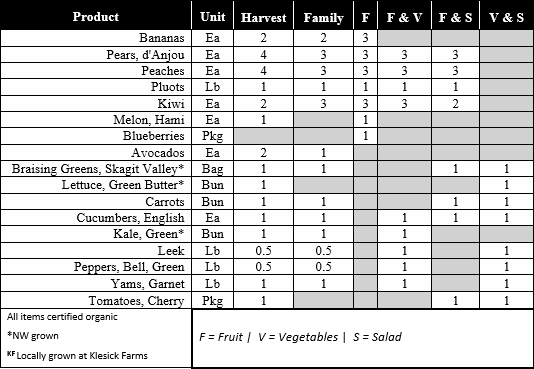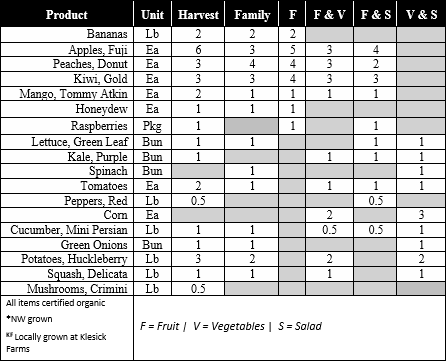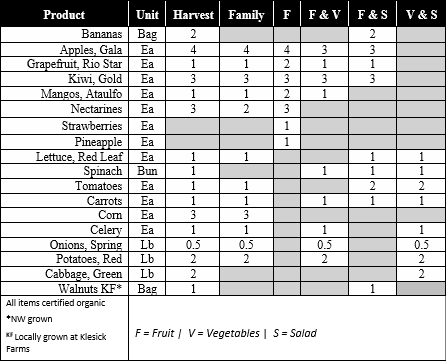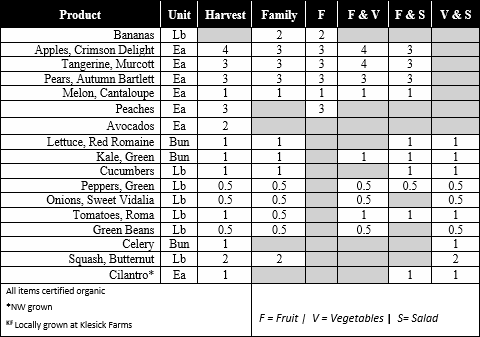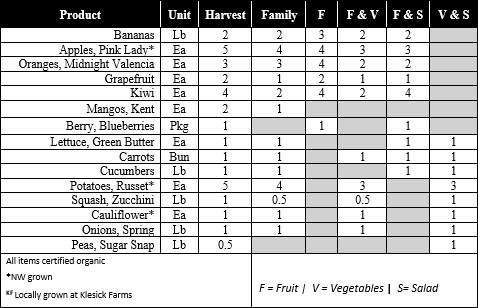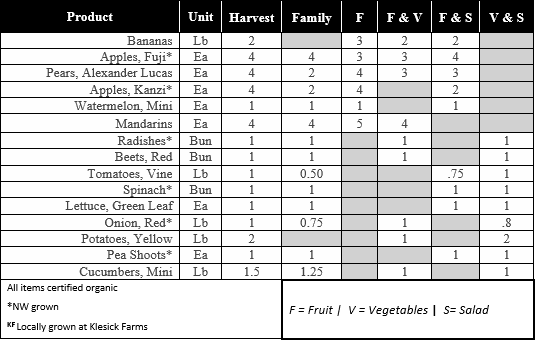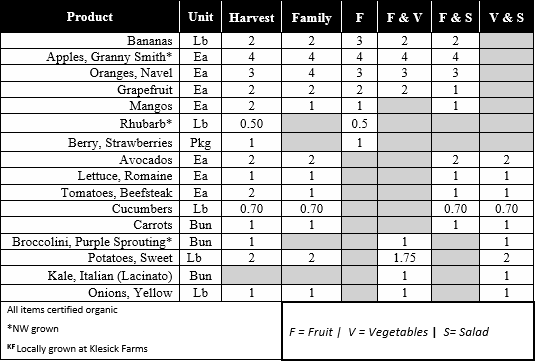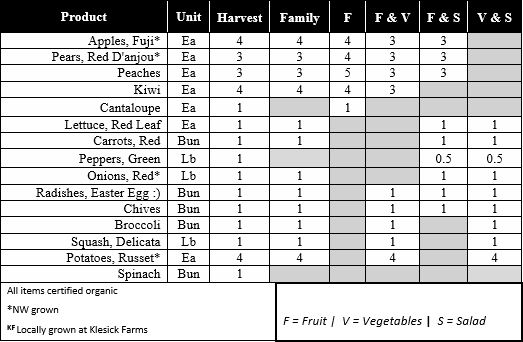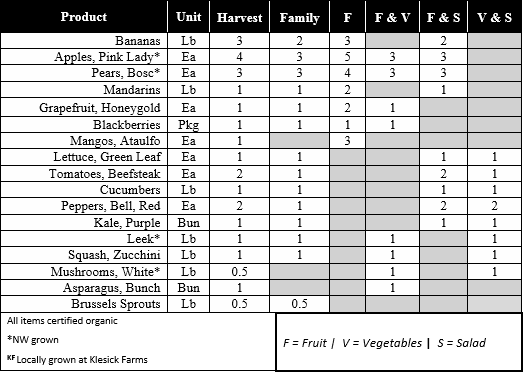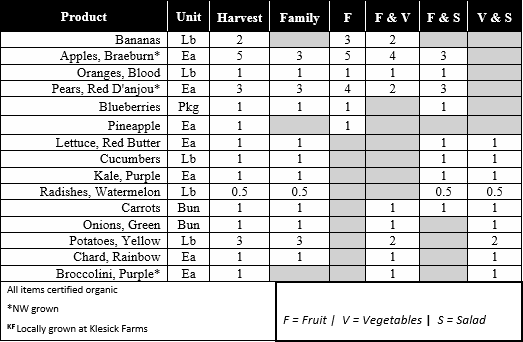Soil is critical to human health! Healthy food comes from healthy soils, and a healthy citizenry comes from healthy food. That means the health of our citizens is tied directly back to the health of our soil.
And sadly, one doesn’t have to look very far from the farm to see that there is a burgeoning population of unhealthy folks today. In addition, any healthy food that is being grown is converted into a myriad of processed products which, I would contend, have substantially lowered the quality of food.
And, sadly, sugar, fat, and alcohol are all the rage in the food scene, organic or otherwise. It is called “value added,” but overly processed foods, organic or otherwise, are not the solution to America’s health crisis.
I am a huge fan of veggies and fruit staying as close to their original, recognizable self as possible. Eating foods grown in soils that are minimally processed is the only viable solution to curb America’s health crisis. Will eating more fruits and veggies, solve every disease problem? NO. But clearly the Standard American Diet (SAD) isn’t curbing anything either and, if anything, it is making us worse off.
Almost all the treatment is just that, it is focused on treating the ailment instead of changing the underlying cause – poor nutrition. The hard part is that we need to attack these illnesses from a dietary perspective and treat the condition to provide some relief. Eventually, if our food policy could switch to more fruit and veggies and less of the current food system, there would be less need for the expensive and intrusive procedures we default to today. But for now, we mostly have a “treat the condition” model.
I know that there are educational advocates and government programs encouraging the American population to eat a more balanced diet, all things in moderation. This is America, of course they are going to say that. Our political system guarantees us a diet that can never be healthy, because of lobbyist groups.
So, the only choice we have to remain healthy or be healthier is to make the choice ourselves. At least for the moment we don’t have to buy “their” food, we can take charge of our health. It is at the fork or spoon where healthy food enters our bodies and, if we put good food on that fork or spoon, our bodies will absolutely put it to healing, nourishing, and cell-building work.
For 21 years, Klesick Farms has been growing, sourcing, and delivering food that your body will be able to put to good use to nourish itself.
Thanks for allowing our family to serve yours,
-Tristan
